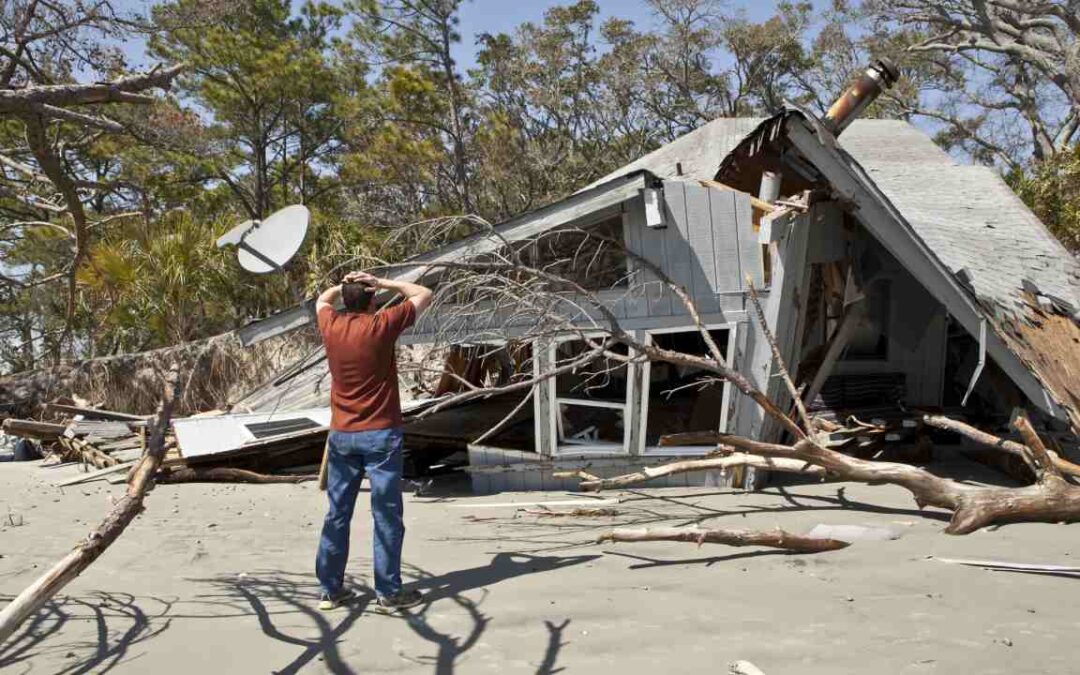Knowing what to do in the event of flooding and water damage is essential to preventing mold growth. There are several things to know about reconstruction that you may not know. Whatever phase of post-storm cleanup you’re in, these tips can help get your life back on track.
Avoid these mistakes:
1. Don’t Rebuild Too Quickly
Some people make the mistake of tearing off wet materials immediately and not letting the area dry completely before rebuilding. This can lead to big problems in the future as the mold will grow strongly.
2. Wet Plaster
Mold loves to grow on drywall, so it’s important to make sure everything near the new drywall is clean and dry. Be sure to clean the wood framing before re-placing sheetrock. Additionally check that the concrete floors are dry. If any moisture remains, you may risk the mold problem growing back.
3. Don’t Leave Wet Fiberglass Insulation on Walls
Wet fiberglass insulation left in wall cavities can become a hidden mold nightmare. Be sure to remove and replace any wet insulation before refinishing the sheetrock. This can save you money on unnecessary repairs.
4. Disturbing Asbestos And Lead Paint
In the desire to return to normality, many people do not realize that when they remove wet and damaged materials, they may be unknowingly disturbing asbestos fibers and lead paint, which are serious health hazards. It is recommended to have the area tested for lead and asbestos, especially if your home was built before 1980.
5. Mold Test Before And After Removal
The test must be performed twice. The first test is to identify where the mold is and map out what really needs to be removed and remediated. This can save a lot of money on unnecessary repairs.
The second test is called the clearance test and must be performed after remediation, which is important for several reasons. The main thing is to make sure the mold has been removed correctly, as your health is at stake. Additional is important for future insurance claims. If your home floods again and the mold returns, your insurance company may question whether the mold was caused by the new event. Without the necessary proof that your home was deemed mold-free after repairs were made, the insurance company could take the position that a new claim is not warranted or that you have reached your policy limit. Finally, if you are in an area prone to storms and flooding, when reselling your home, you will likely be asked to prove that your home is free of toxins.


